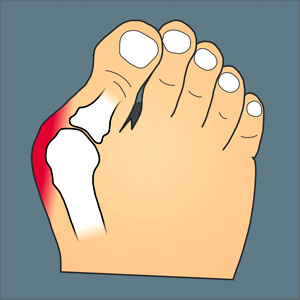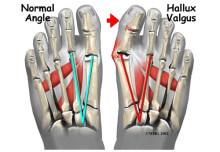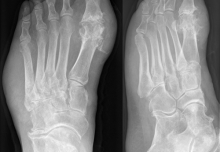Down syndrome is an inherited condition caused by a having an extra copy of chromosome 21. It is the most common genetic disorder, and is characterized by particular facial features, delays in development, some degree of intellectual disability, and differences in foot function and/or structure.
A Podiatrist Should be an Integral Part of your Child’s Medical Team
Changes in the feet are a well-known feature of Down syndrome, and include broad feet, short toes, flat feet, small feet, and a gap between the 1st and 2nd toes. As a matter of fact, 68% of patients with Down syndrome will have one or more of these feet related characteristics. Although they are not necessarily a medical concern, they can be helpful in diagnosing Down syndrome.
Other characteristics that may be symptomatic (and therefore a medical concern) include:
• Ligamentous laxity and/or hypermobile joints (88%)
• Low muscle tone
• Deformed toes
• Tailor’s bunion(a bunion by the 5th toe)
• Bone spurs
• Painful calluses
• Arthritis
Are Treatments Available for my Child’s Feet?
Yes! There are a number of treatments aimed at preventing and correcting foot problems seen in Down syndrome including:
• Orthotics (shoe inserts)
• Foot and ankle braces
• Physical therapy
• Callus trimming
• Regular appointments with a foot specialist
• Etc.





